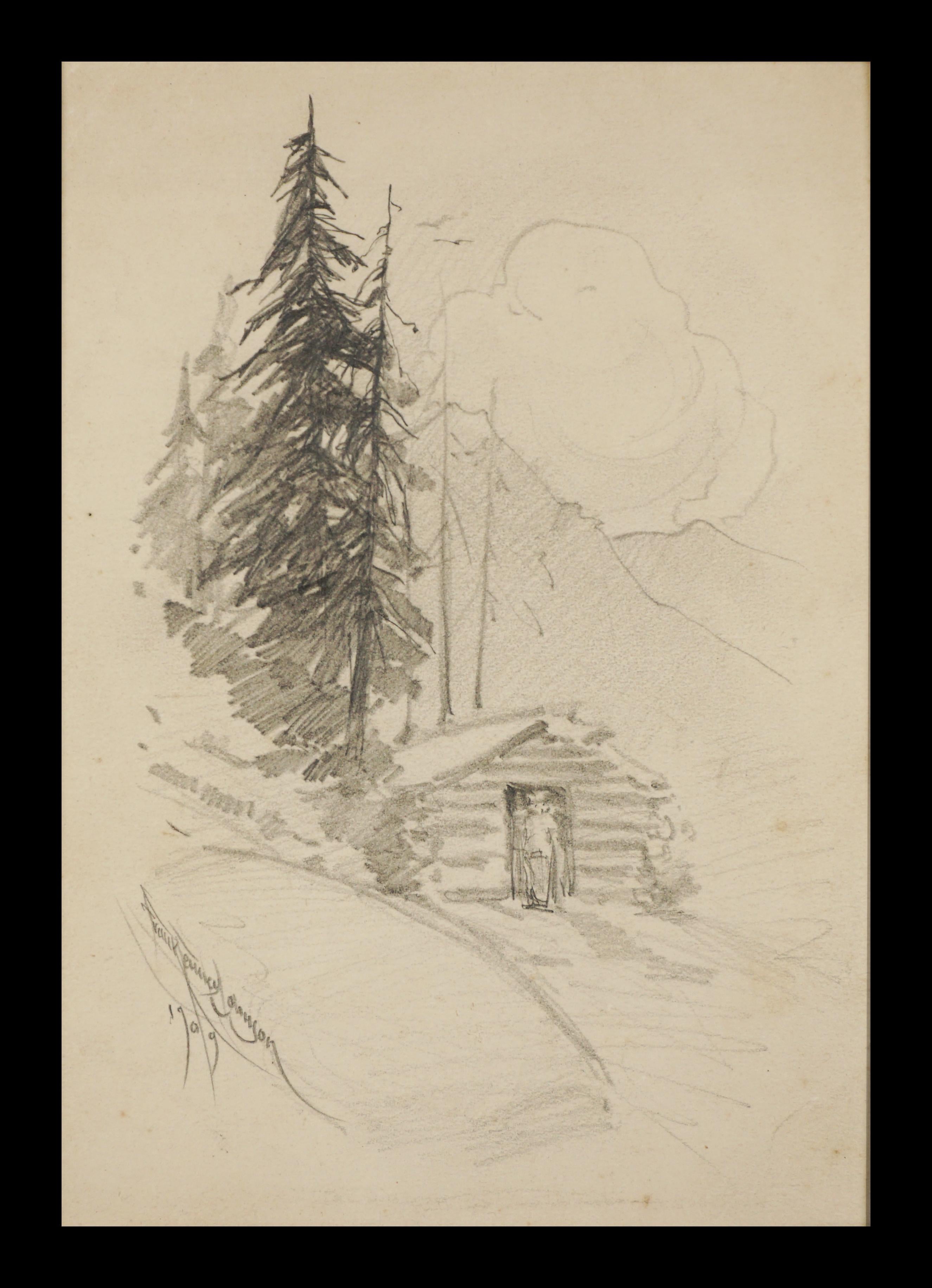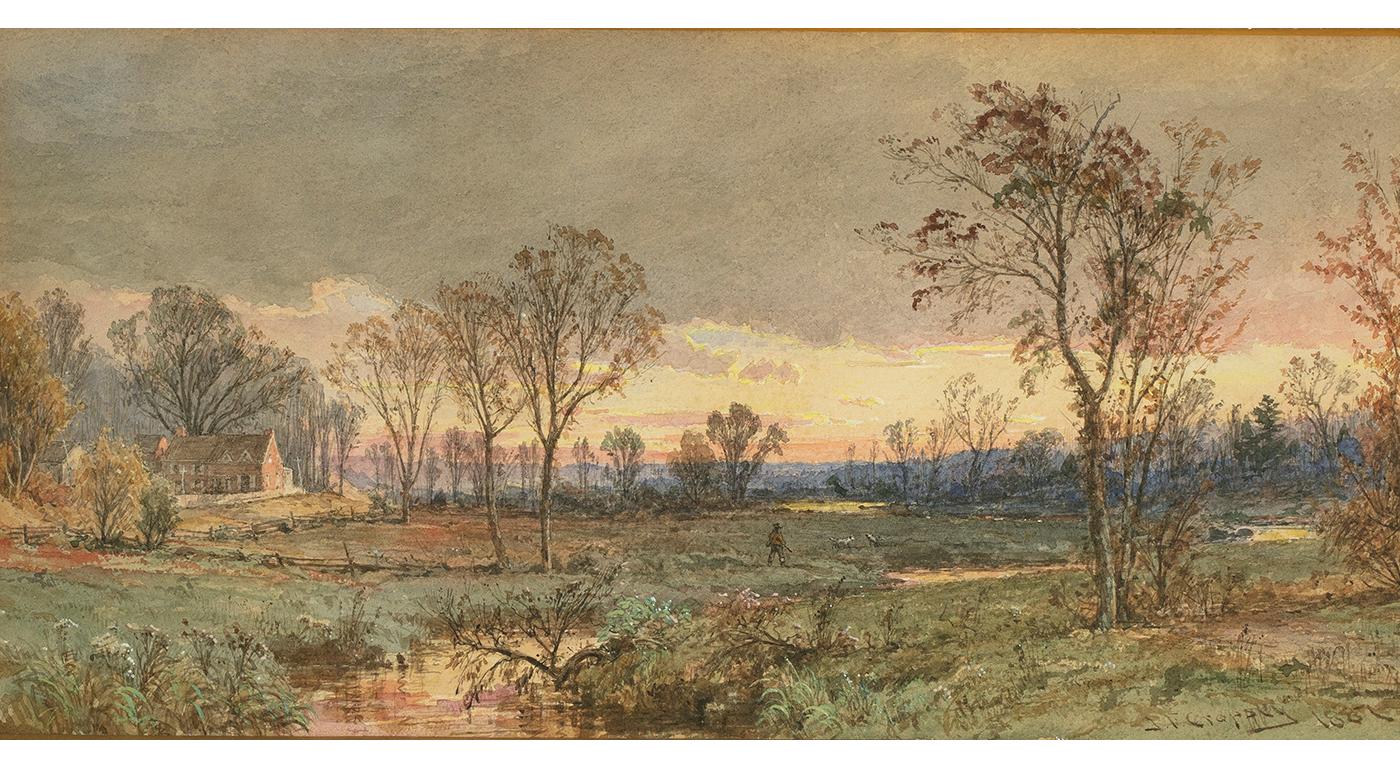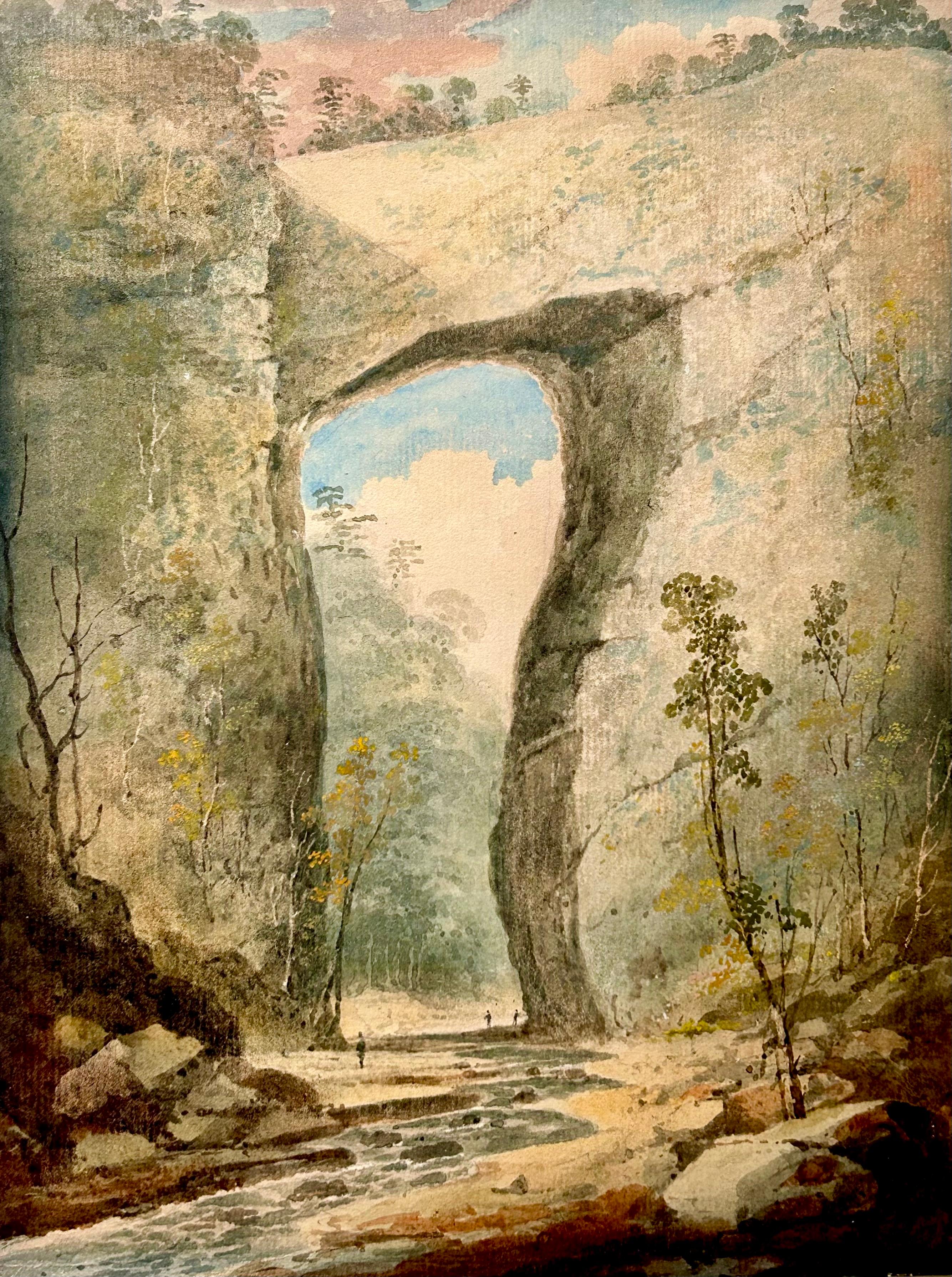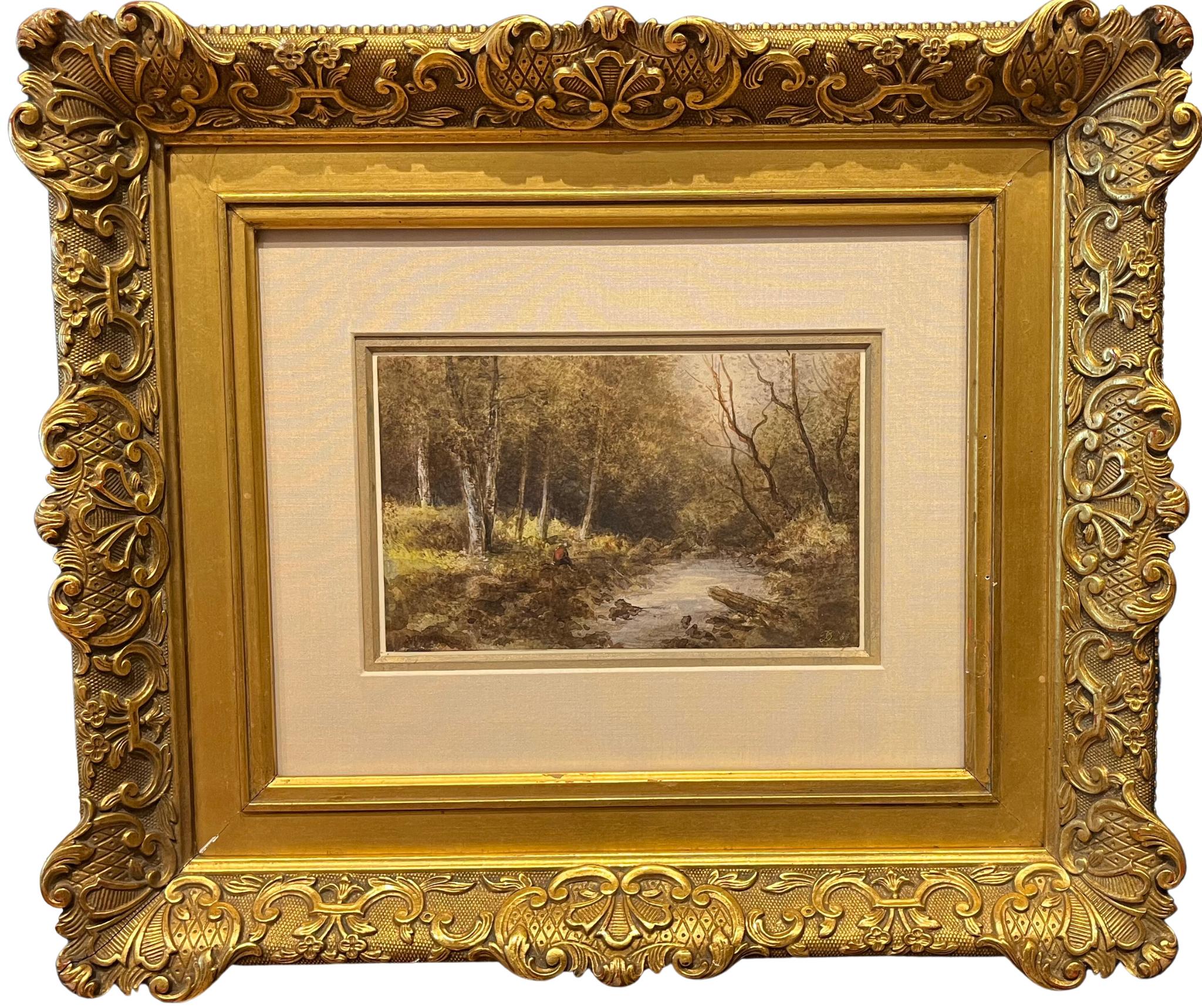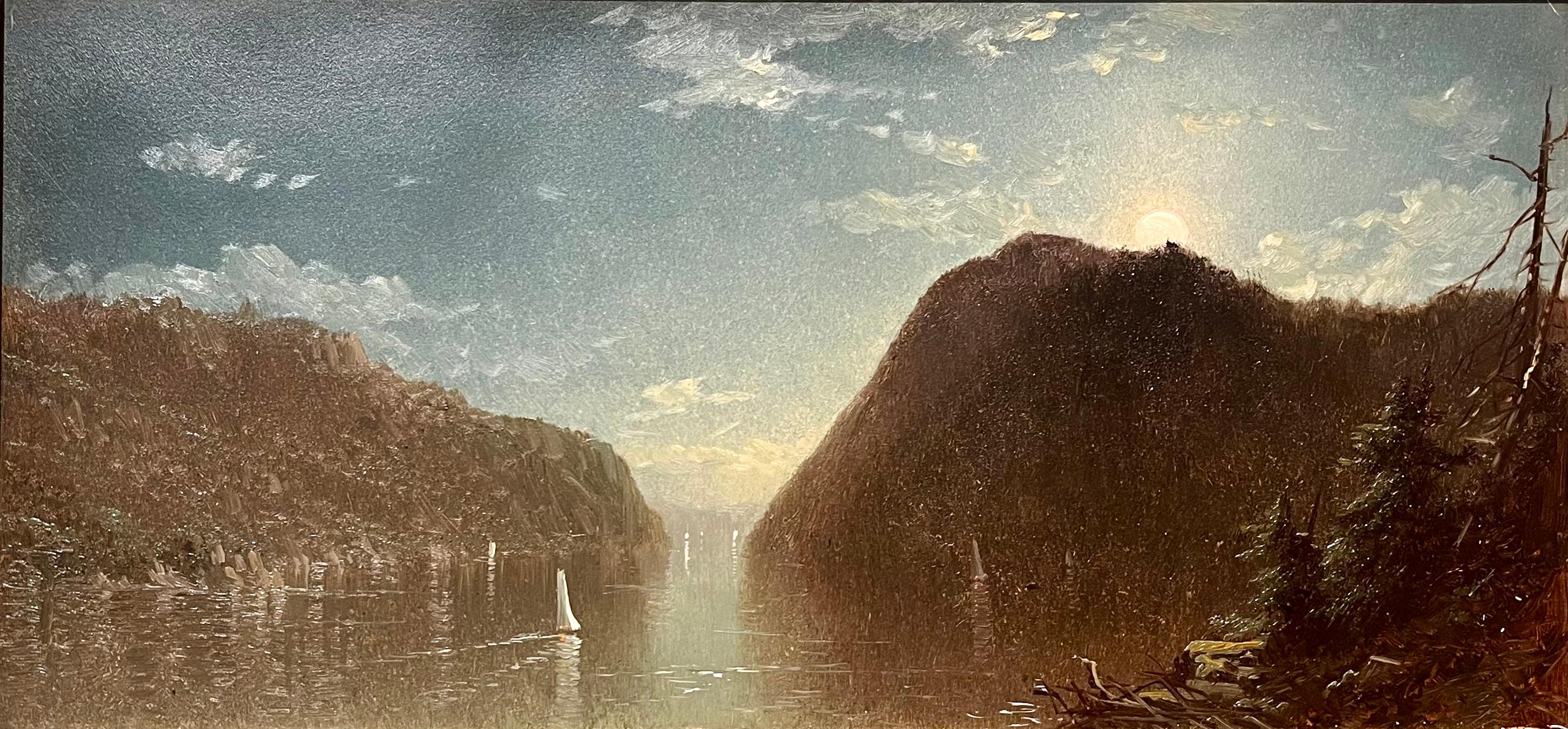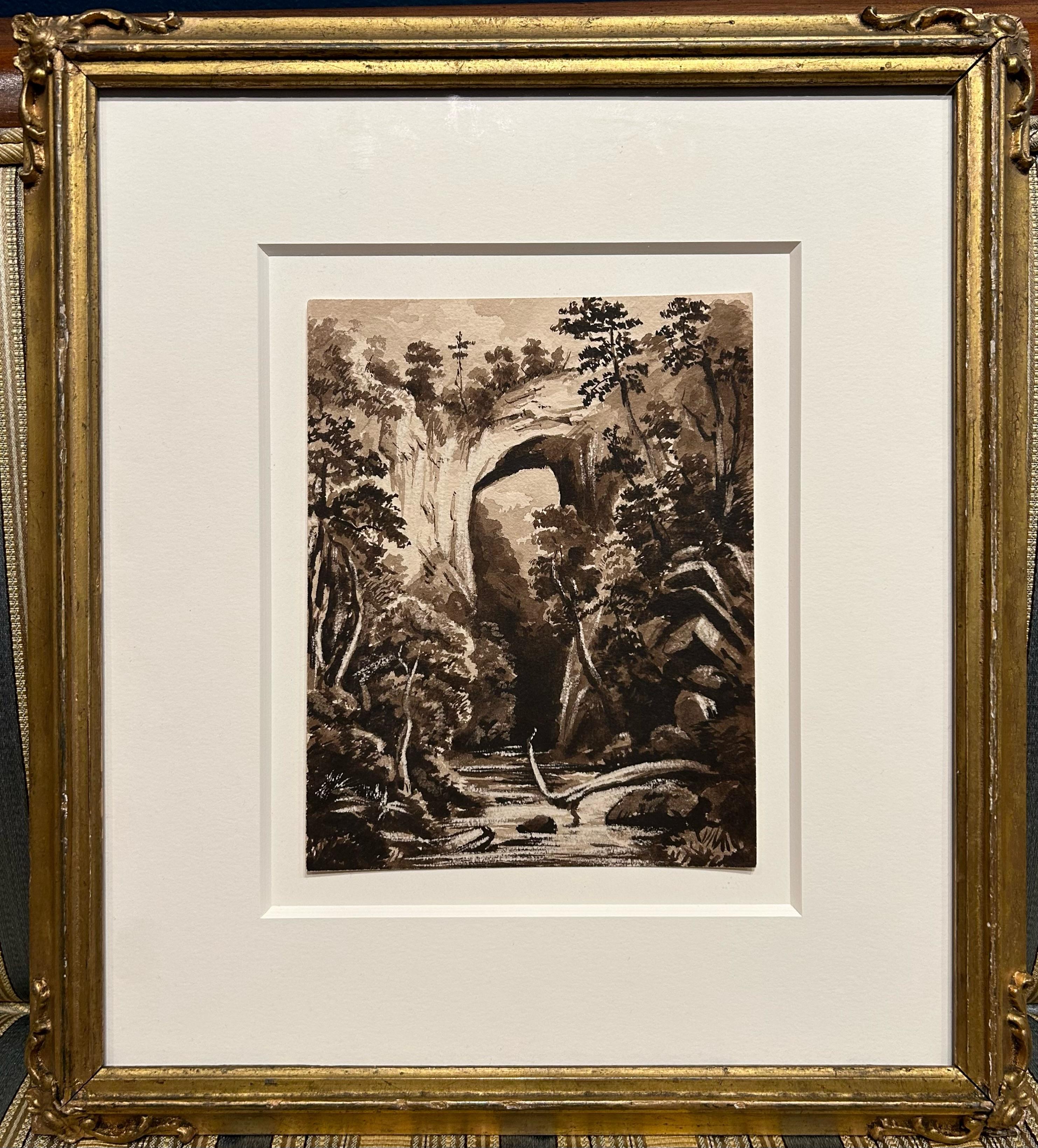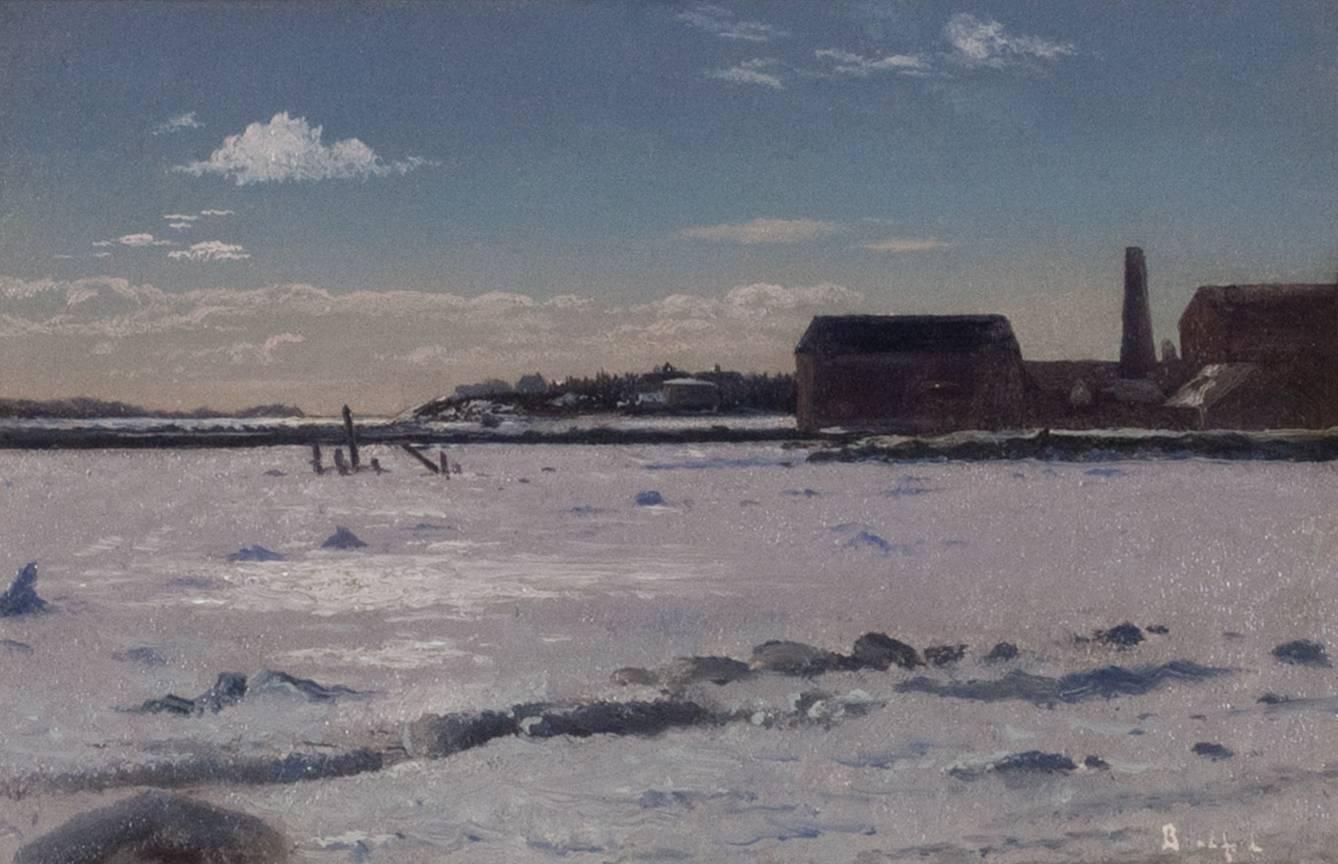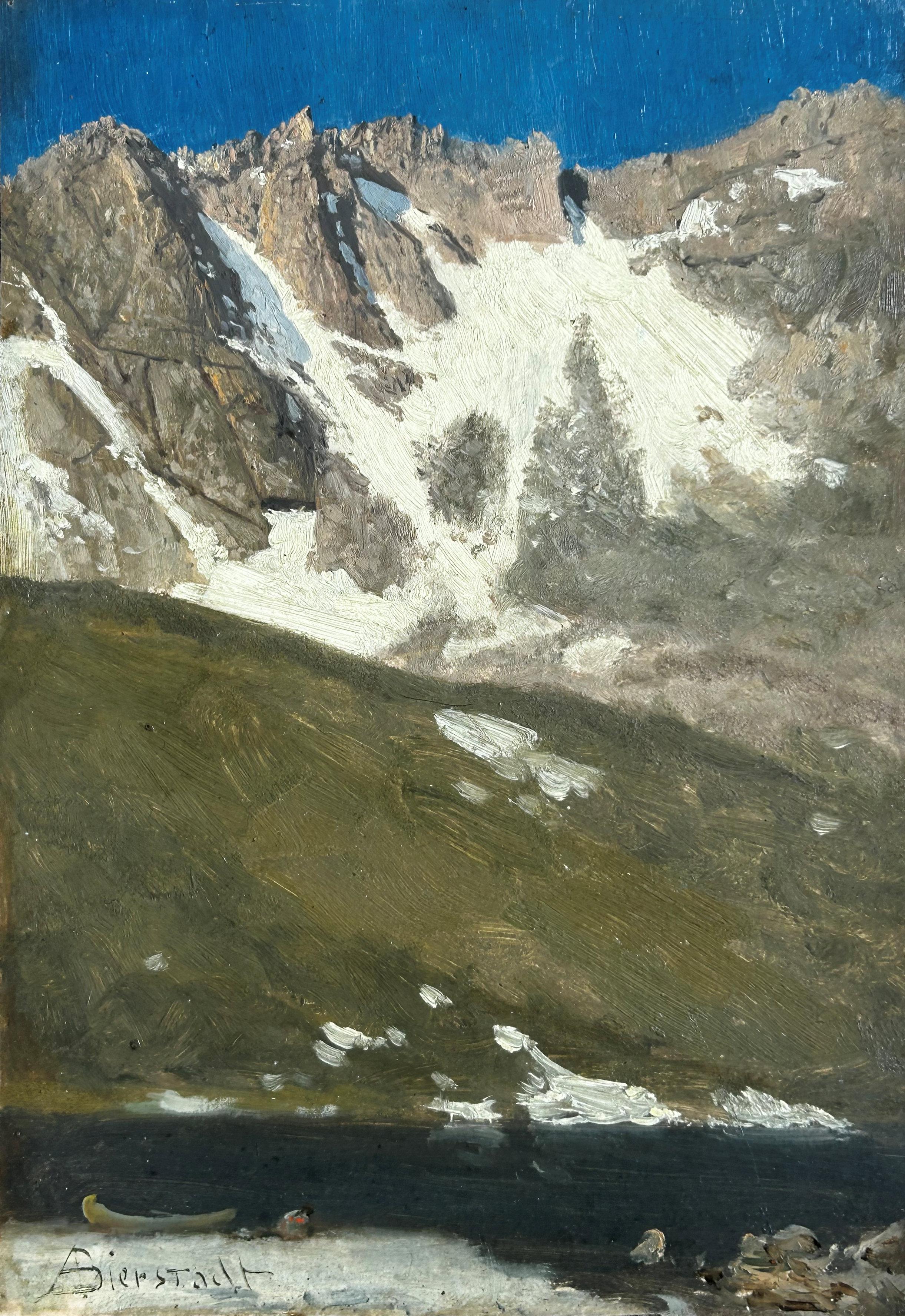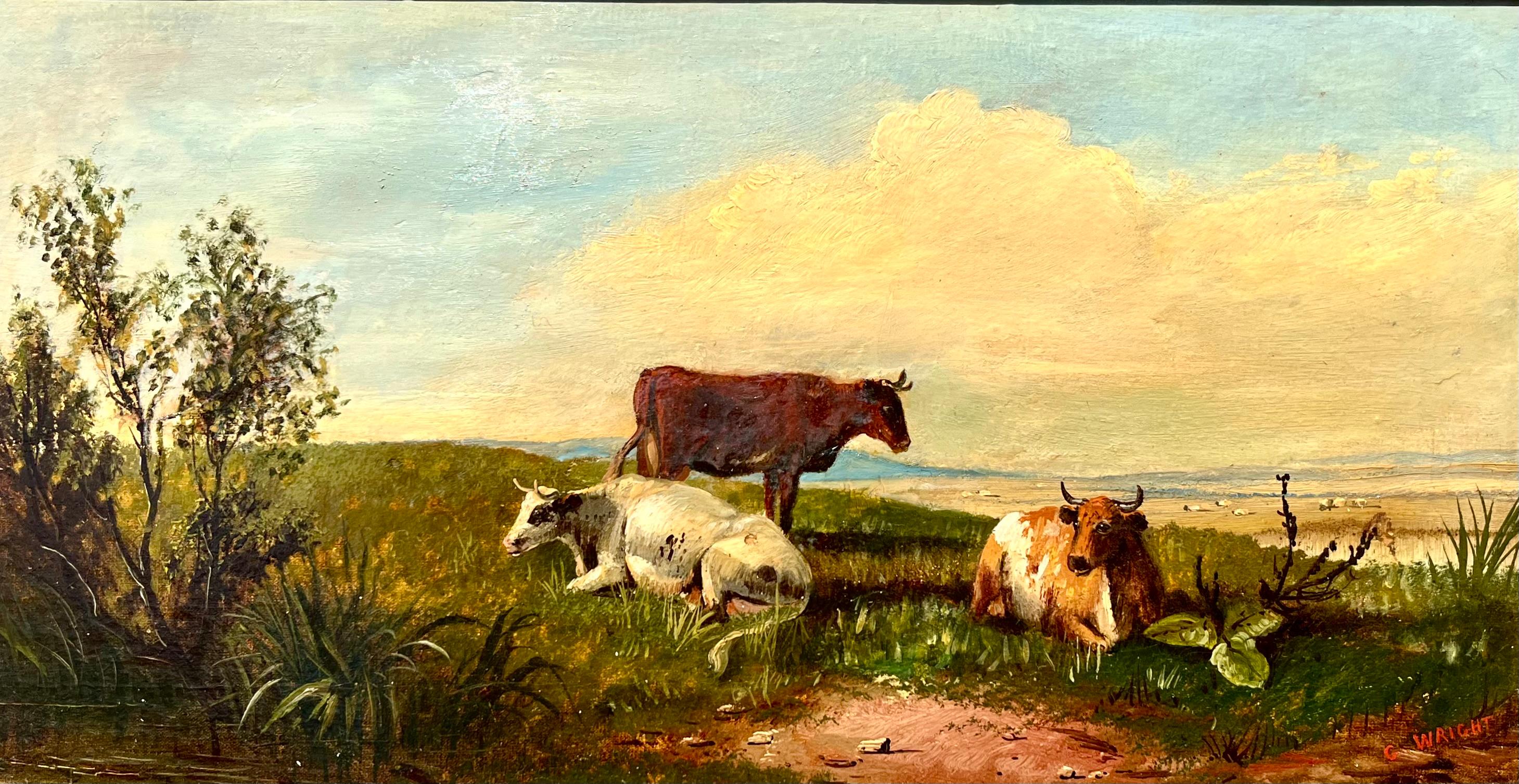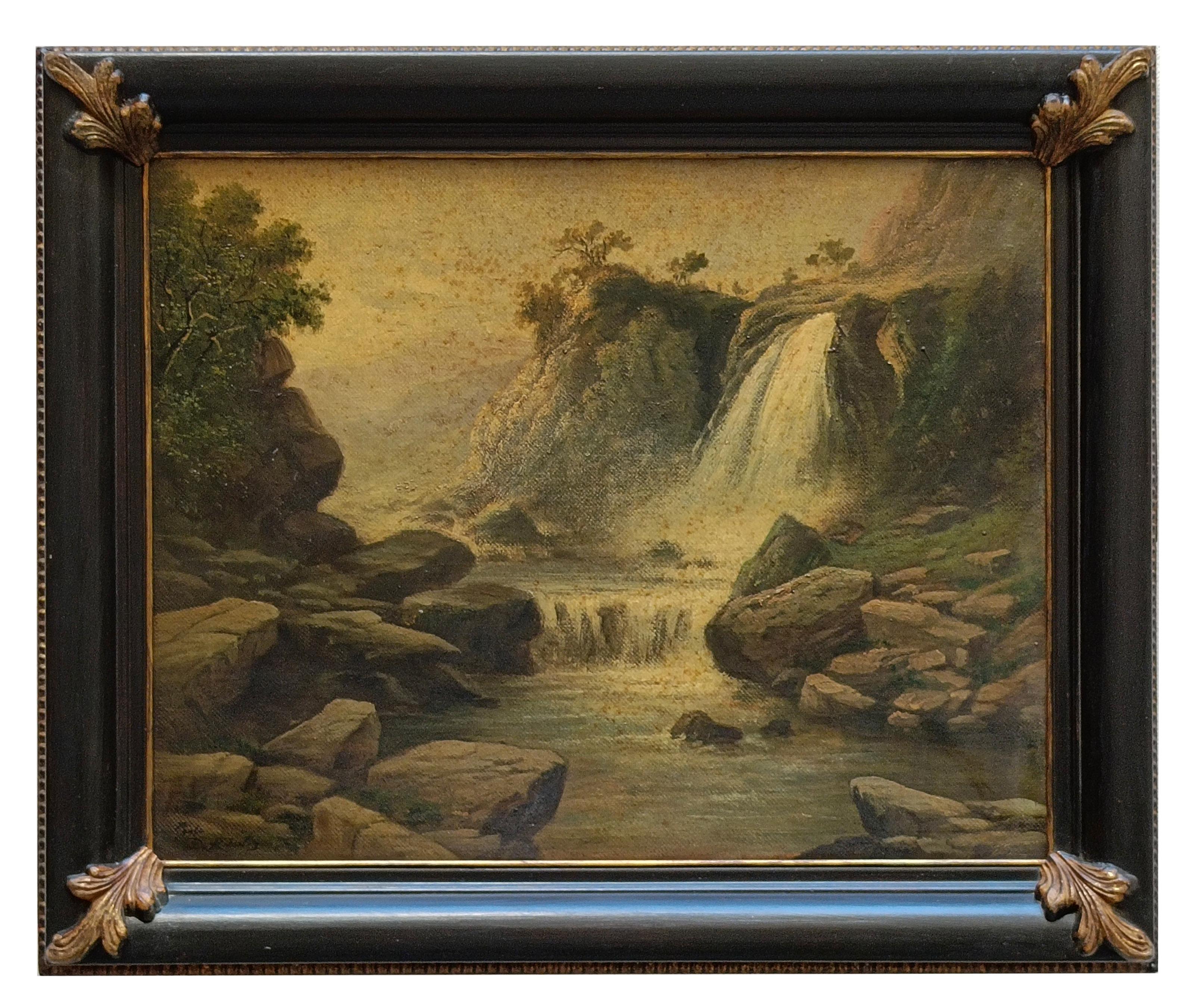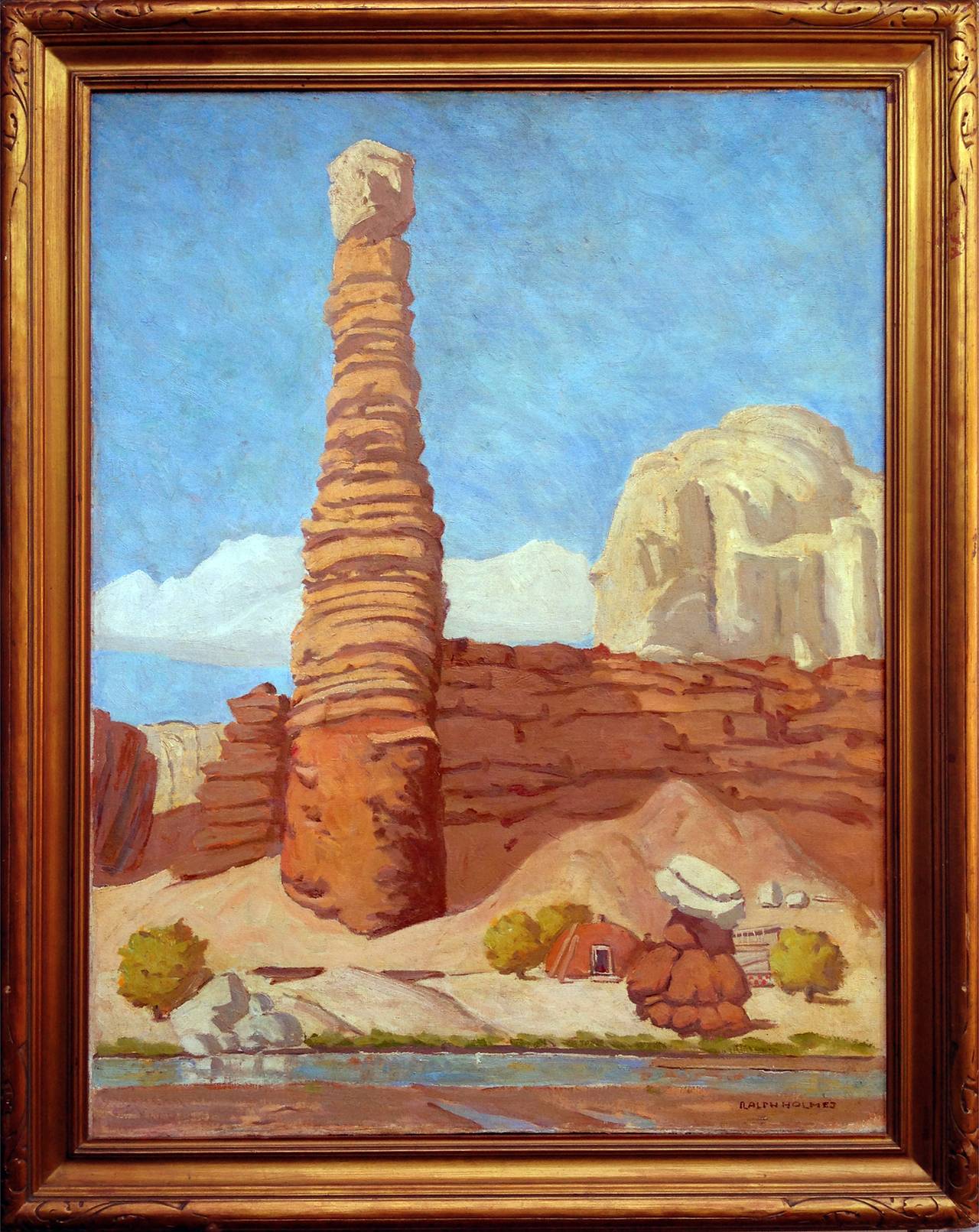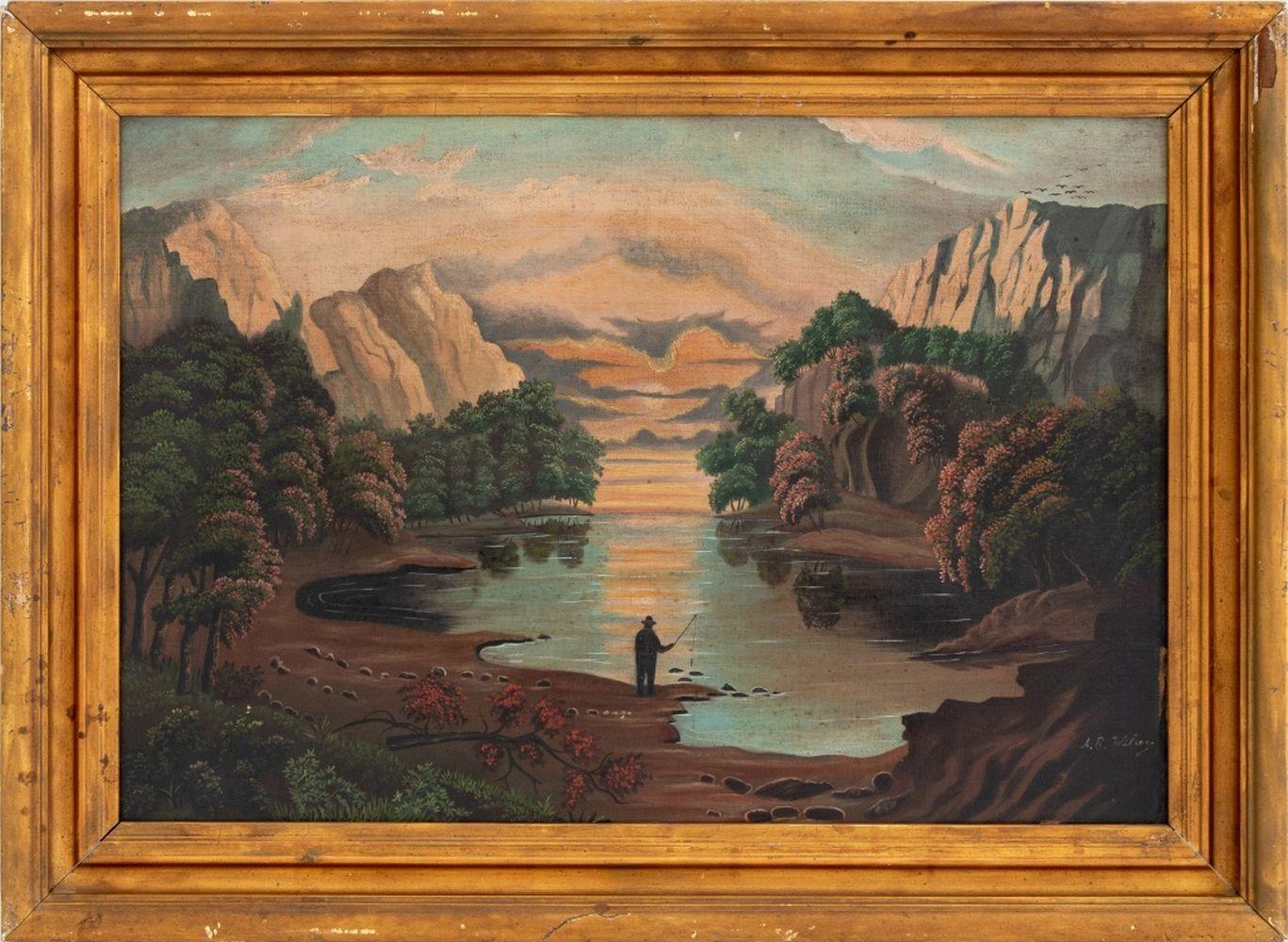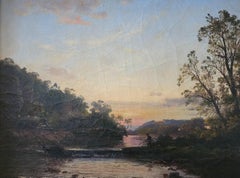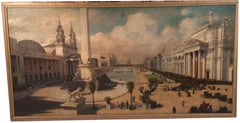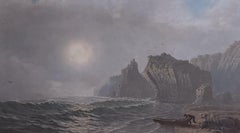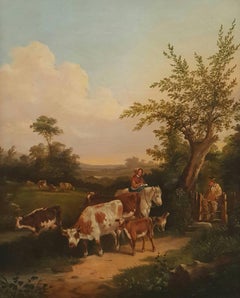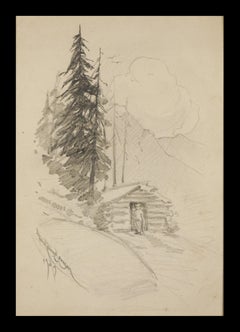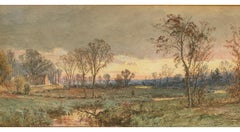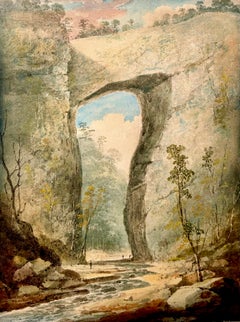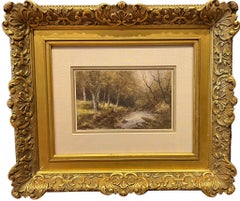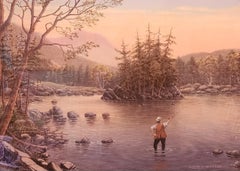
Fly Fising in a Mountain Stream
Want more images or videos?
Request additional images or videos from the seller
1 of 7
Albert Nemethy Jr.Fly Fising in a Mountain Stream
$4,000List Price
About the Item
- Creator:Albert Nemethy Jr. (1954, American)
- Dimensions:Height: 17 in (43.18 cm)Diameter: 23 in (58.42 cm)
- Medium:
- Movement & Style:
- Period:
- Condition:
- Gallery Location:Saratoga Springs, NY
- Reference Number:1stDibs: LU170211304352
About the Seller
4.2
Vetted Professional Seller
Every seller passes strict standards for authenticity and reliability
Established in 1992
1stDibs seller since 2015
30 sales on 1stDibs
Typical response time: 16 hours
Authenticity Guarantee
In the unlikely event there’s an issue with an item’s authenticity, contact us within 1 year for a full refund. DetailsMoney-Back Guarantee
If your item is not as described, is damaged in transit, or does not arrive, contact us within 7 days for a full refund. Details24-Hour Cancellation
You have a 24-hour grace period in which to reconsider your purchase, with no questions asked.Vetted Professional Sellers
Our world-class sellers must adhere to strict standards for service and quality, maintaining the integrity of our listings.Price-Match Guarantee
If you find that a seller listed the same item for a lower price elsewhere, we’ll match it.Trusted Global Delivery
Our best-in-class carrier network provides specialized shipping options worldwide, including custom delivery.More From This Seller
View AllFishing by the Stream
Located in Saratoga Springs, NY
Signed lower right
Dewitt Clinton Boutelle’s landscape paintings embody the grandeur and tranquility of the Hudson River School. In this imagi...
Category
1860s Hudson River School Landscape Paintings
Materials
Canvas, Oil
The Columbian Exhibition, the 1893 Chicago World’s Fair
Located in Saratoga Springs, NY
Thaddeus Welch (American 1844-1919)
The Columbian Exhibition, the 1893 Chicago World’s Fair
70 x 35”, oil on board signed
Request Price
The C...
Category
Late 19th Century Hudson River School Figurative Paintings
Materials
Oil, Board
Price Upon Request
The Cove at Dusk
Located in Saratoga Springs, NY
Signed and dated 1877.
Mortimer Smith, a lesser-known yet skilled artist of the Hudson River School, captured the untamed beauty of the American landscape with remarkable depth. This painting presents a seacoast scene with a solitary fisherman, with his boat during the tide. The rugged cliffs frame the composition, their weathered surfaces telling the story of time and nature’s relentless forces. Sunlight filters through the mist, casting a halo glow in the sky, while waves crash against the shore in rhythmic motion. Smith’s brushwork conveys both the serenity and power of the natural world, inviting the viewer to step into the scene under nature's power and beauty.
Although born in Jamestown, New York, Mortimer Smith would become well-known as a Detroit architect and artist by the end of the nineteenth century. Little is known of Smith's earlier years; however, scholars speculate that he studied in Oberlin and Sandusky, Ohio before moving to Detroit in 1855. There, the artist flourished and became famous for his crisp landscapes of local scenery, including his beloved winter scenes. In addition to his artistic career, Smith founded a successful architectural firm by the name of Smith, Hynchman and Grylls; Smith's reputation in the visual arts was often overshadowed by his draftsmanship as an architect. Nevertheless, he was a vital force in Detroit's arts community exhibiting his works in venues including the Detroit Art...
Category
1870s Hudson River School Landscape Paintings
Materials
Oil, Canvas
A Summer Gathering
By Ambrose Andrews
Located in Saratoga Springs, NY
Signed lower right.
An itinerant portrait, miniature, and landscape painter, Ambrose Andrews had a wide-ranging career geographically that saw him in many regions including New York (1829-31), Connecticut (1837), Texas (1837-1841) and Louisiana (1841-42). After 1844, he was active in St. Louis, New York City, Buffalo, New York, Vermont and Canada. He was born in West Stockbridge, Massachusetts, and in 1824, attended the National Academy of Design.
Andrews exhibited paintings at the Republic of Texas Capitol...
Category
19th Century Hudson River School Landscape Paintings
Materials
Canvas, Oil
Ausable
By William Ongley
Located in Saratoga Springs, NY
Signed lower right.
A landscape and marine painter, William Ongley was born in England in 1836 and came to America with his family and settled in New York. His art studies took him ...
Category
Late 19th Century Hudson River School Landscape Paintings
Materials
Canvas, Oil
$10,000
Distant Horizon
By Edward Moran
Located in Saratoga Springs, NY
Edward Moran (American, 1829 - 1901)
Boy with Dog on Dock
Oil on canvas
Signed lower left
22 x 36 inches
Provenance: Sotheby's Sale no. 3255 Oct. 27-28, 1977 Page 58
Price on reques...
Category
Late 19th Century Hudson River School Landscape Paintings
Materials
Canvas, Oil
Price Upon Request
You May Also Like
Early 20th Century Plein Air Study for Homesteader Colorado Mountain Painting
By Frank Tenney Johnson
Located in Soquel, CA
Robert Azensky Fine Art is pleased to offer original 1909 sketch study of oil painting "Homesteader Colorado Mountain" painting by Frank Tenney Johnson.
It's always special to see the evolution of a painting through the plein air sketches ("studies") by the artist prior to its painting. Frank Tenney Johnson traveled throughout the Colorado Rockies sketching and painting western landscapes and native American and cowboy figurative art.
Medium: Charcoal on paper
Signature: Lower left corner
Date: "1909" below signature
Condition: Tonal aging and minor edge wear consistent with age and use. See images.
Presented in black painted wood frame
Mat size: 14"H x 11"W
Paper size: 9"H x 6"W
Image size (visible with mat): 8"H x 5.25"W
Frank Tenney Johnson was born in Coucil Bluffs, Iowa, in 1874 not far from the Overland Trail. During his childhood, he saw the steady stream of people heading west in all forms of horse-drawn conveyance. This early exposure to the American West was critical in leading Johnson towards the Western landscape as an inspiration for his work. The resulting body of work is a moody and romantic depiction of a long-gone America, rendered in a style that has become practically a genre all its own.
At the age of ten, Johnson moved from Iowa to Milwaukee, WI. There, he took an apprenticeship with F.W. Heinie, a prominent panoramic painter. After a year with Heinie, Johnson apprenticed for Richard Lorenz, a painter and former Texas Ranger who specialized in depictions of horses and western scenes. It was probably during his time with Lorenz that Johnson decided to focus on western subjects himself. He also started illustrating for regional papers and publications, in order to save money for further training.
Further training, as with many of the artists who populated New Mexico in the early twentieth century, took place at the Art Students League in New York, where Robert Henri, William Merritt Chase, John Twachtman, Kenneth Hayes Miller and F. Louis Mora were in the process of teaching perhaps the last great batch of pre-modernists. Though highly stimulated by the training, Johnson was only able to stay for five months, after which he returned to Milwaukee to work and save money in an effort to return to New York. He was able to do so after a time and, upon returning, established an important professional relationship with Emerson Hough, the editor of "Field & Stream" magazine.
At Hough's urging (and on Hough's dime), Johnson traveled to Hayden, Colorado, where he tagged along with a group of cowpunchers in order to sketch their way of life. Though primarily an artist, Johnson also wrote accounts of his time in Colorado for "Field & Stream." After Colorado came Cheyenne, Wyoming, where Johnson attended a "Frontier Days" celebration; after Wyoming, Johnson traveled to New Mexico, where he observed the Navajos and their threatened way of life. This trip changed Johnson from an academic artist with an appreciation for the west to a truly western artist.
Of particular interest to him, in stark contrast to other western artists of the time like Frederic Remington and C.M. Russell, were the more quotidian scenes of the West. Specifically, Johnson focused upon scenes featuring horses, especially at night. Johnson painted a great number of pieces that featured horses tied up outside of saloons, inns or trading posts for the night, the moonlit night punctuated by the warm glow from the lamps inside. In this, he can be considered a pioneer, as his night pieces still serve as the archetype for such work in western art.
Johnson became quite successful through his work for "Field & Stream." He was chosen to illustrate books by the prominent writer Zane Grey, and his gallery shows sold briskly. In fact, one particular show, at the Grand Central Art Galleries at the Biltmore Hotel in New York, sold out opening night. In fact, one man had bought out the entire show: Amon Carter. Having achieved financial security and comfort, Johnson followed his good friend Clyde Forsythe to Alhambra, CA, where the two established residency and shared a studio.
California treated Johnson well. He and Forsythe founded the gallery at the Los Angeles Biltmore...
Category
Early 1900s Hudson River School Landscape Paintings
Materials
Oil Crayon, Laid Paper
Twilight on the Sawmill River
By Jasper Francis Cropsey
Located in New York, NY
Signed and dated lower right: J.F. Cropsey 1887
Category
19th Century Hudson River School Landscape Paintings
Materials
Paper, Watercolor
Watercolor Landscape of Natural Bridge, Virginia
By William Guy Wall
Located in Fredericksburg, VA
William Guy Wall, a renowned artist of the early 19th century, is celebrated for his exquisite landscape paintings, and particularly with this watercolor. This painting, titled, "Nat...
Category
Early 19th Century Hudson River School Landscape Paintings
Materials
Paper, Watercolor
Hudson River School Watercolor Titled Fishing the Creek
By David Johnson
Located in Fredericksburg, VA
David Johnson was born in 1827 in New York City. Beginning in 1845, he studied for two years in the antique school of the National Academy of Design. His classmates and colleagues in...
Category
Late 19th Century Hudson River School Landscape Paintings
Materials
Paper, Watercolor
Oil Water Landscape with Mountains
By Alfred Thompson Bricher
Located in Fredericksburg, VA
Alfred Thompson Bricher, an American artist celebrated for his exquisite marine and landscape paintings, created "Boats Sailing Between Mountains." This piece exemplifies Bricher’s m...
Category
Late 19th Century Hudson River School Landscape Paintings
Materials
Paper, Oil
Watercolor of Natural Bridge, VA
By Régis François Gignoux
Located in Fredericksburg, VA
Régis Francois Gignoux was a distinguished nineteenth-century artist whose work illuminated the sublime aspects of the American landscape. He was born in Lyon, France and trained at the Academie des Beaux-Arts in Paris, where his instructor, the history painter Paul-Hipployte Delaroche, encouraged his interest in landscape painting. He traveled to the United States in 1840, and immediately showed interest in American Landscapes. He immediately settled in New York and painted many well known sites of the United States: Niagara Falls, the Catskill Mountains, Mount Washington, and Mammoth Cave, Kentucky. He is most famous for his winter scenes, but shows beautiful landscapes year round. Gignoux quickly established himself within the leading Hudson River School circles of the time. He took sketching trips with Frederic Church and John Frederick Kensett. Today, his paintings are in the collections of the Corcoran Gallery of Art, the Museum of Fine Arts, Boston, the Brooklyn Museum of Art, the New York Historical Society, and the Georgia Museum of Art. This beautiful piece comes from the estate of the artist in New Jersey, and Meyer Fine Art...
Category
Mid-19th Century Hudson River School Landscape Paintings
Materials
Paper, Watercolor
Recently Viewed
View AllMore Ways To Browse
Soft Mountains
Water Ripple
Mountain Stream Painting
Paintings In The Adirondacks
Albert Nemethy
Boat Wheel
Vintage Adirondack Signs
Paddle Boat
Paddle Wheeler
Portrait Relief
Pennsylvania Impressionist
Minnesota Painting
Naples Italy Painting
Very Large Antique Oil Painting Paintings
Very Large Antique Oil Painting
Antique Venice Painting
19th Century Paintings Of Children
South America Impressionist
